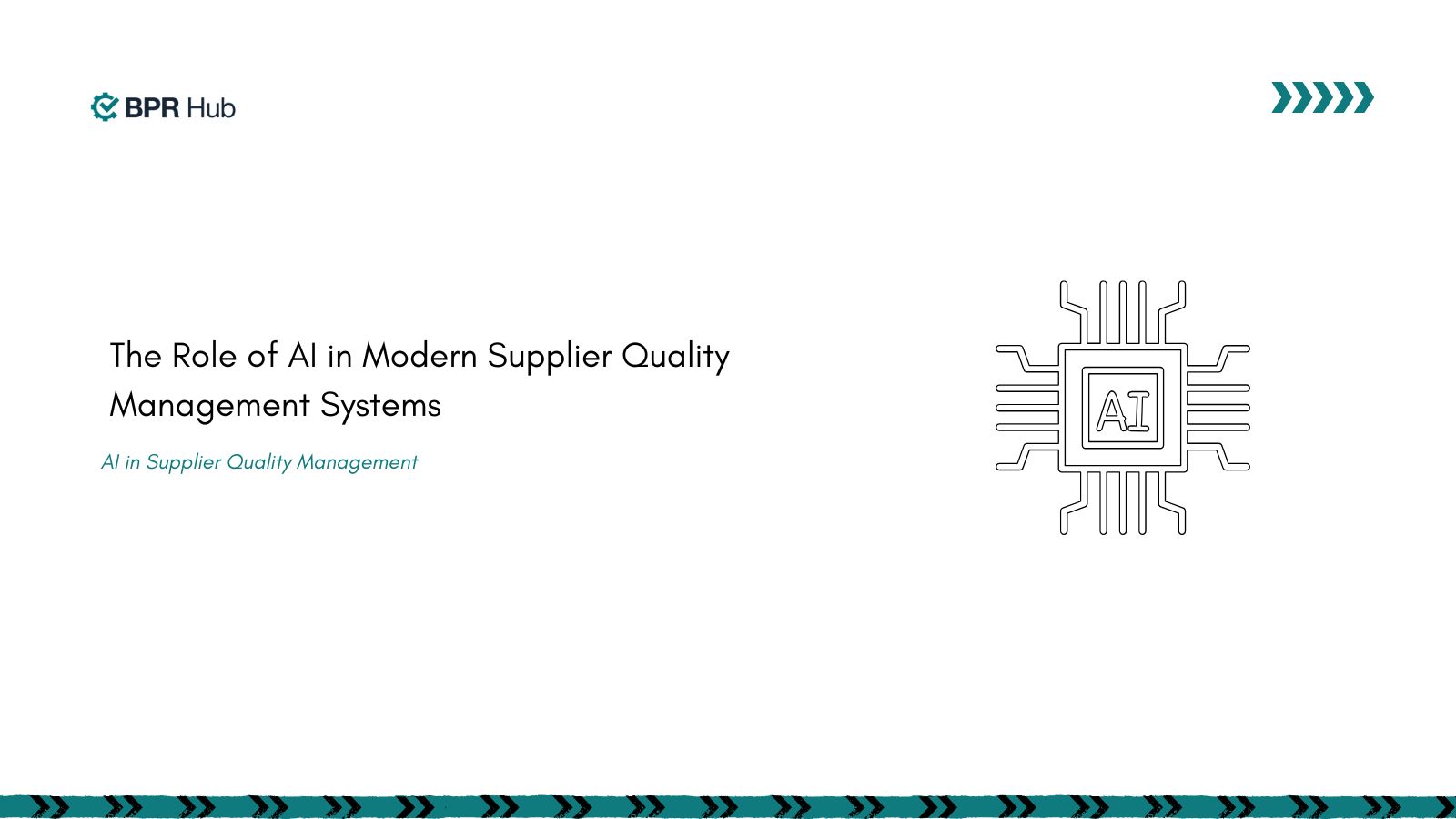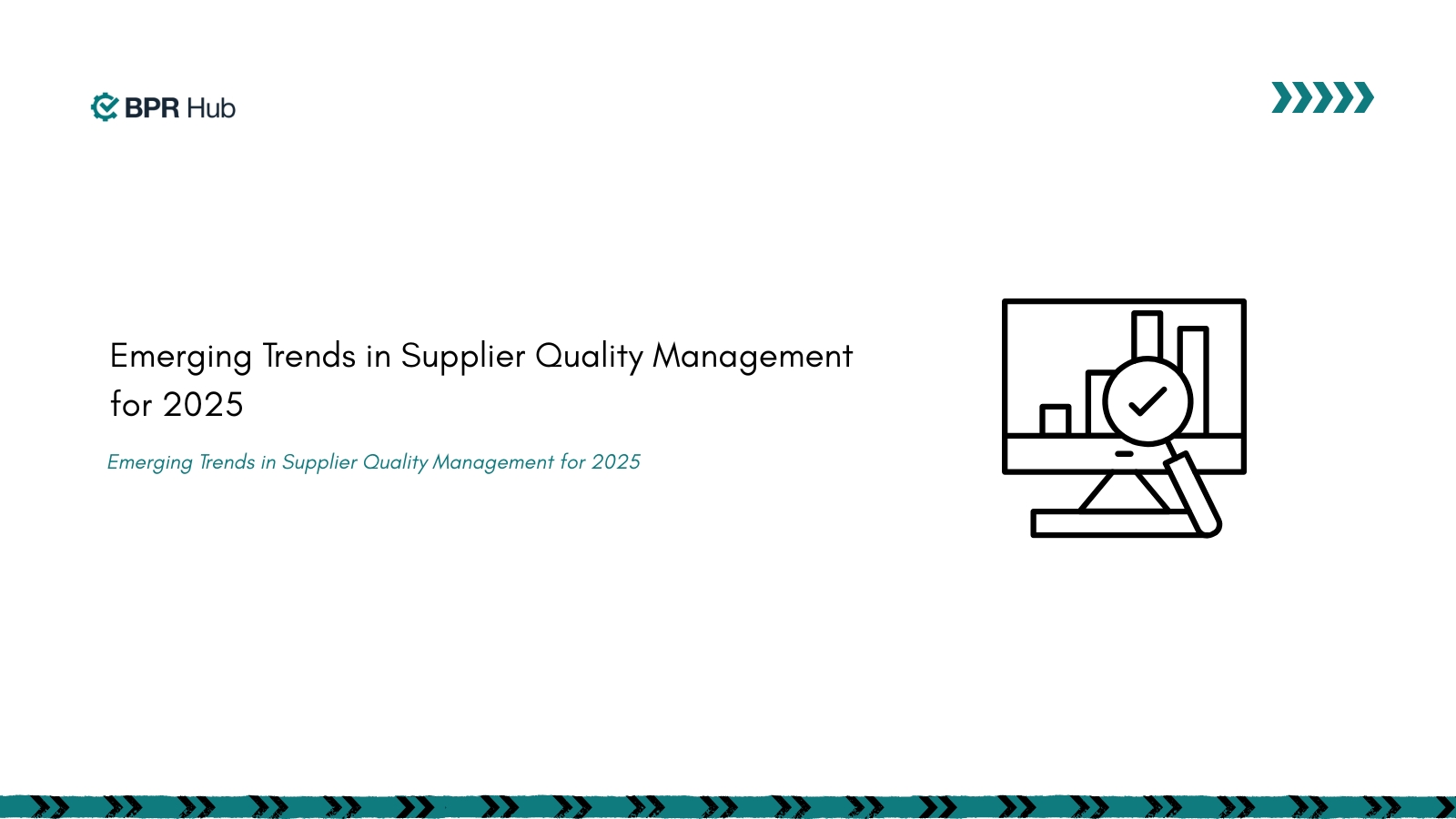Ever lost an important document right when you needed it most? Imagine that happening in a business, but with records that could make or break your company's reputation. Welcome to the world of ISO 9001 Quality Records - where keeping track of paperwork isn't just boring admin work, but your secret weapon for business success. Think of quality records as the memory of your business. They tell the story of what worked, what didn't, and how you're constantly getting better.
When it comes to managing these records, quality record retention time ISO 9001 is critical. From customer feedback to quality checks, these documents are your company's diary of improvement. In the next few minutes, we'll break down why these records matter, how to manage them without losing your mind, and why ISO 9001 is your roadmap to running a smoother, smarter operation. Ready to turn document management from a headache into a high-five-worthy skill? Let's dive in!
Key ISO 9001 Requirements for Control and Retention of Records
ISO 9001 outlines essential guidelines for handling quality records. These records must be legible, identifiable, and retrievable at any time. The importance of maintaining these standards is twofold: they not only prove your compliance with regulatory requirements but also ensure that your operations are running effectively and efficiently.
- Legibility and Identifiability: Every record must be clear and easily readable. For instance, handwritten notes or records that are difficult to read can lead to misunderstandings and potential compliance issues. Additionally, records must be identified properly using unique identifiers such as reference numbers, codes, or labels to avoid mix-ups.
- Traceability: ISO 9001 requires that quality records be traceable back to their origin. This means that you must be able to connect a record with the specific process or product it pertains to. Proper traceability ensures that when an issue arises, you can track the root cause quickly.
- Accuracy of Documentation: Records serve as evidence that the product or process met specific requirements. For example, records of inspections, tests, and audits prove that quality control measures were followed at each stage of production. This helps mitigate the risk of product defects or non-compliance.
Adhering to the key ISO 9001 requirements for quality record control and retention is essential for both regulatory compliance and operational efficiency. By ensuring that records are legible, identifiable, traceable, and accurate, manufacturers can demonstrate conformity to standards, track processes effectively, and reduce the risk of non-compliance. Implementing these practices not only strengthens quality assurance but also enhances overall business performance. With these key requirements in mind, it's crucial to implement effective procedures to ensure compliance with ISO 9001 standards.
Procedures for Implementing Records Control
To meet ISO 9001 standards, manufacturers need to establish clear procedures for the control and retention of quality records. These procedures should start with classification and labeling. Each type of record—whether it’s a quality control report, testing document, or audit finding—should be classified under a specific category. Codes or labels should be used to make it easy to retrieve and understand the nature of each record.
- Secure Storage: Quality records must be stored securely to protect them from damage, loss, or unauthorized access. For physical records, fireproof cabinets or locked storage areas can safeguard against disasters. In the case of electronic records, cloud-based storage systems with regular backups can ensure that no data is lost.
- Controlled Access: Access to these records should be strictly controlled. Only authorized personnel should have the ability to alter, access, or dispose of records. By restricting access, you can prevent unauthorized changes and ensure the integrity of your records.
Implementing robust procedures for the control and retention of quality records is essential for ISO 9001 compliance. Classification, secure storage, and controlled access are key steps in ensuring that records are properly managed, protected, and accessible only to authorized personnel. Automating your record management process can lead to significant cost savings. McKinsey estimates that companies can save up to 30% in operational costs by reducing errors and manual tasks.
These practices help maintain the integrity of your quality management system and reduce the risks associated with data loss, unauthorized access, or mismanagement. Having set up robust record control procedures, the next step is to determine how long these records should be retained and how to dispose of them once they are no longer required.
Retention and Disposal of Quality Records
The retention time for quality records is a critical component of ISO 9001 compliance. Proper management of retention and disposal processes ensures that your organization remains compliant with legal and regulatory requirements while minimizing the risks of retaining unnecessary or outdated records.
To comply with ISO 9001, it's essential to:
- Align Retention Periods with Legal and Operational Requirements: The length of time that records should be kept depends on the type of document, its legal importance, and its relevance to the product life cycle. In addition to ISO 9001 guidelines, specific industries have their own retention requirements. For example, the FDA requires medical device records to be kept for at least 2 years after the product is sold, while the EPA mandates 5 years for certain environmental records.
- Define Retention Periods: A well-defined retention policy is vital for ensuring that records are kept for the required period. This should include clear guidelines for each type of record based on legal requirements and business needs, such as audit results, inspection records, and quality control logs. Retention periods should also consider potential future audits or legal inquiries.
- Monitor and Track Expiry Dates: Keeping track of retention periods manually can be error-prone and time-consuming. Establish a process to monitor when records need to be reviewed or disposed of, ensuring that no records are kept beyond their useful or legally required time.
The quality record retention time ISO 9001 defines how long different types of records must be stored based on their relevance and legal requirements. This helps ensure compliance while reducing unnecessary storage costs. Once the retention period has expired, it’s essential to ensure that records are disposed of securely. This step reduces the risk of unauthorized access, identity theft, or accidental recovery of outdated information.
Secure Disposal Methods Include:
- Physical Destruction: Shredding paper records is one of the most common and secure methods for eliminating sensitive documents. This is especially important for confidential information, such as personal data, financial records, or proprietary product specifications.
- Electronic Data Deletion: Digital records should be permanently deleted using secure methods, such as data wiping or encryption, to prevent unauthorized access. Simply deleting files or moving them to a recycle bin does not completely remove them from storage, and they could potentially be recovered using data recovery tools.
Best Practices for Secure Disposal:
- Conduct Regular Reviews: Regularly audit your record management system to ensure that expired records are flagged for disposal in a timely manner. This helps prevent clutter and ensures that only the necessary records are kept.
- Document the Disposal Process: Maintain a log of all records that are disposed of, including the date and method of disposal. This provides an audit trail to demonstrate compliance in the event of an inspection.
- Use Third-Party Services: If your organization lacks the resources to handle secure disposal in-house, consider outsourcing the task to a professional service that specializes in secure document destruction and data deletion.
Non-compliance with record retention policies can be extremely costly. According to the Ponemon Institute, the average cost of a compliance failure can reach up to $14.8 million annually for large organizations. By adhering to these guidelines, you can ensure that your organization remains compliant with ISO 9001 while reducing the risk of holding onto unnecessary records that could expose your business to security and legal risks.
Is your record retention system leaving you exposed to compliance risks? BPRHub automates your retention schedules, ensuring secure disposal and minimizing human error. Let us help you stay compliant contact us today for more details on how BPRHub can streamline your record retention.
Once retention policies are in place, the next challenge is ensuring these records remain accessible yet secure, so they can be retrieved when needed without compromising data integrity.
Ensuring Accessibility and Security
Inadequate record security can be costly. A report by IBM found that a data breach in manufacturing companies costs an average of $5.2 million, especially when record systems are not secure. Ensuring quick access and strong security for quality records is essential for ISO 9001 compliance. Here’s how to balance both:
- Efficient Record Retrieval: To ensure records are easy to retrieve, use a centralized filing system that organizes all documents logically. Implementing metadata for digital records allows you to categorize and search for files quickly. Cloud-based storage is also beneficial, as it enables remote access and ensures records are always up-to-date.
- Security Measures: Records should be safeguarded from physical and digital threats. For paper records, use fireproof cabinets and secure storage areas. For electronic records, encryption and secure access controls, such as two-factor authentication, should be applied to prevent unauthorized access. Regular backups, either digitally or on physical media, help protect against data loss.
- Controlled Access: Only authorized personnel should be allowed to access sensitive records. Setting clear access control policies ensures confidentiality. Additionally, maintaining audit trails—tracking who accessed or modified records—ensures accountability. It's also important to train staff on security protocols to ensure proper handling of records.
- Secure Disposal: Once records reach the end of their retention period, dispose of them securely. Physical records should be shredded, while digital files should be permanently deleted using data-wiping tools. If your organization doesn’t handle this internally, consider using certified third-party services to ensure secure destruction.
- Regular Monitoring: Continuously monitor your record management system to ensure it meets ISO 9001 standards. Regular audits will help identify areas for improvement. Use feedback from these audits to refine your processes and enhance both accessibility and security.
Gartner's study shows that businesses are 2.5 times more likely to face legal repercussions if they neglect their record retention policies. To make sure these systems are effective, proper implementation strategies and ongoing employee training are key.
Implementation Strategies and Employee Training
To establish an effective quality record retention system under ISO 9001, start by creating a dedicated implementation team. This team should include representatives from quality assurance, compliance, IT, and other relevant departments to ensure all aspects of record management are covered. Collaboration across departments ensures that retention systems are both compliant and operationally efficient.
Key Implementation Tips:
- Cross-Department Collaboration: Involve multiple departments to ensure a comprehensive approach to record retention.
- Clear Role Definition: Assign specific responsibilities to ensure smooth operation.
- Scalability: Set up systems that can grow with your business and evolving compliance needs.
Employee training is critical to ensuring compliance with ISO 9001. Regular training ensures that everyone involved in managing records understands the correct procedures for maintaining, accessing, and disposing of records, and keeping your operations aligned with standards.
Training Best Practices:
- Role-Specific Training: Customize training to employees' roles for better retention system management.
- Frequent Updates: Keep training materials current to reflect any changes in regulations or policies.
- Hands-On Learning: Use practical sessions to familiarize employees with record-keeping processes.
Struggling to streamline your ISO 9001 record retention processes? With BPRHub, you can simplify the implementation of your quality record retention system and ensure your team stays compliant. Contact us today.
With the right implementation strategies and employee training in place, the next step is to establish a system for monitoring and auditing your quality record control processes to ensure continuous compliance and improvement.
Monitoring and Auditing the Control Process
Establishing a solid quality record retention system begins with proper planning and execution. Regular audits of your record control process not only ensure compliance but can also improve operational efficiency and customer satisfaction. According to ISO, companies with an ISO 9001-certified QMS are 20% more likely to report better results in both areas. Below are key steps to ensure successful implementation:
- Create an Implementation Team: Form a dedicated team that includes representatives from quality assurance, compliance, and IT. This team will be responsible for developing and overseeing the record management procedures, ensuring all aspects are covered, and the system is properly implemented across the organization.
- Set Clear Responsibilities: Clearly define roles and responsibilities within the team. Each department should know its role in managing, storing, and disposing of records, ensuring that everyone understands the overall process and their specific tasks.
- Employee Training: Training is essential for compliance. Make sure that all employees who interact with records understand the importance of ISO 9001 compliance. Regularly update your training programs to reflect any changes in record management policies, retention timelines, or storage procedures. This will ensure staff remains well-informed and compliant.
- Continuous Reinforcement: Schedule periodic refresher courses to keep everyone up to date on best practices and any regulatory changes. Reinforcing these practices regularly helps maintain high standards of record management and ensures ongoing compliance.
Without proper record retention systems in place, 60% of businesses report that they face inefficiencies during audits, which can lead to compliance issues and delays. By following these strategies, you can ensure a smooth implementation of your record retention system while keeping your team aligned with compliance requirements.
While auditing your control processes ensures adherence to ISO 9001, the next step is optimizing those processes for greater efficiency and compliance. This is where BPRHub can play a pivotal role in streamlining and automating your ISO 9001 compliance efforts.
Optimizing ISO 9001 Compliance with BPRHub
The control and retention of quality records is a cornerstone of ISO 9001 compliance. It ensures that your company remains transparent, accountable, and efficient. By following ISO 9001 guidelines for quality record retention time, you not only meet regulatory standards but also optimize your operational workflows, reduce errors, and enhance decision-making. Maintaining ISO 9001 certification can also boost your bottom line. Companies with ISO 9001 see an average growth rate of 7% in revenue.
As digital transformation takes hold in the manufacturing sector, 72% of companies are automating processes, including record management and compliance tracking, to stay ahead. With BPRHub, you can simplify compliance management and ensure your manufacturing processes are aligned with ISO 9001 standards. Our platform automates record retention, tracks compliance in real time, and reduces the administrative burden on your team.
How BPRHub can help:
- Automates complex compliance processes, saving time and reducing human error.
- Enhances workflow efficiency, eliminating bottlenecks and improving operational throughput.
- Provides real-time regulatory compliance, minimizing risks and keeping your business audit-ready.
- Minimizes manual errors and paperwork through integrated automation.
By adhering to the appropriate quality record retention time ISO 9001 standards, your organization can not only meet regulatory requirements but also streamline its operations and improve data retrieval efficiency.
Is your record retention system leaving you exposed to compliance risks? BPRHub automates your retention schedules, ensuring secure disposal and minimizing human error. Let us help you stay compliant - contact us today.
FAQ’s
1. What is the ISO 9001 control and retention of quality records procedure?
The ISO 9001 control and retention of quality records procedure outlines how businesses should handle, store, and retain their quality records to comply with ISO 9001 standards. It ensures that records are maintained in a way that proves compliance with regulatory requirements, supports operational efficiency, and facilitates audits. The procedure includes classifications, secure storage, retention periods, and secure disposal methods.
2. How long should ISO 9001 quality records be retained?
ISO 9001 does not specify a single retention period for all quality records. The retention time should be determined based on the type of record, its legal or regulatory importance, and its relevance to your operations. Generally, records must be kept for a minimum period after product sale or disposal, depending on industry-specific regulations. Make sure to check local laws or consult industry guidelines for more precise retention times.
3. Why is quality record retention important for ISO 9001 compliance?
Quality record retention ensures that you can provide evidence of compliance with ISO 9001 standards and regulatory requirements. It helps businesses prove that their products and processes meet quality standards and regulatory requirements. Proper record retention also aids in identifying operational inefficiencies and improving future decision-making.
4. How should quality records be stored under ISO 9001?
Quality records should be stored securely to prevent damage, loss, or unauthorized access. For physical records, consider using fireproof cabinets or locked storage. For electronic records, cloud storage solutions with encryption and regular backups are essential. The records should be organized and classified in a way that allows quick retrieval when necessary.
5. What are the requirements for accessing and disposing of quality records?
Access to quality records should be restricted to authorized personnel only. Implement role-based access control and maintain audit trails to ensure accountability. Once a record reaches its retention limit, it should be disposed of securely through methods like shredding for physical documents or permanent deletion for digital files to prevent unauthorized access or recovery.
6. Can we dispose of ISO 9001 quality records earlier than the retention period?
No, disposing of quality records before the retention period ends may violate ISO 9001 requirements. These records serve as legal and regulatory evidence, so ensure you follow the defined retention timelines. In some cases, specific records may need to be retained longer based on legal or contractual obligations.
Get insights that help you minimize risks and maximize profits.
Dive deeper into manufacturing compliance with our free resources.
We get it, compliance can get tough.
Here are some additional resources to help.
We get it, compliance can get tough. Here are some additional resources to help.
Get updates in your inbox

.svg)
%20(1).svg)


.jpg)


%20(1).svg)

.avif)

